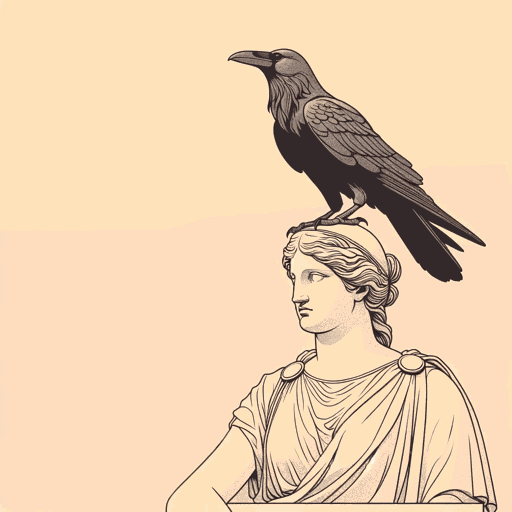37 pages • 1 hour read
Edgar Allan PoeThe Raven
Fiction | Poem | Adult | Published in 1845A modern alternative to SparkNotes and CliffsNotes, SuperSummary offers high-quality Study Guides with detailed chapter summaries and analysis of major themes, characters, and more. For select classroom titles, we also provide Teaching Guides with discussion and quiz questions to prompt student engagement.
Background
Literary Context
While much of Poe’s works defy categorization, he made a large contribution to the Gothic fiction movement in America in the nineteenth century. Gothic fiction is typically defined by its engagement with horror, death and romance, exploring the unknown and the depths of the human psyche. Gothic literature is also defined by an emotional component that confronts the obscure, the sublime, and terror, often brought about by encounters with the unknown.
The Gothic literary movement began in the mid-eighteenth century with the work of English writer Horace Walpole, who infused his book The Castle of Otranto (1764) with a sense of medievalism, mystery, and the macabre. The movement spread through much of Western Europe and to Russia. Matthew Lewis’s The Monk (1796), Ann Radcliffe’s The Italian (1797), and Mary Shelley’s Frankenstein (1818) further shaped and redefined the genre. By the mid-nineteenth century, gothic fiction had waned in popularity but was ready for a revival as audiences returned to the “penny dreadful” serial fictions. Just as Poe began to gain popularity in America, contemporary writer Emily Brontë published Wuthering Heights (1847) in England, while Charles Dickens’s many works also reflected a gothic influence.
Poe added his own unique interpretation of the genre with “The Raven,” as well as with fiction like The Fall of the House of Usher (1839) and The Pit and the Pendulum (1842), among many others.
Related Titles
By Edgar Allan Poe
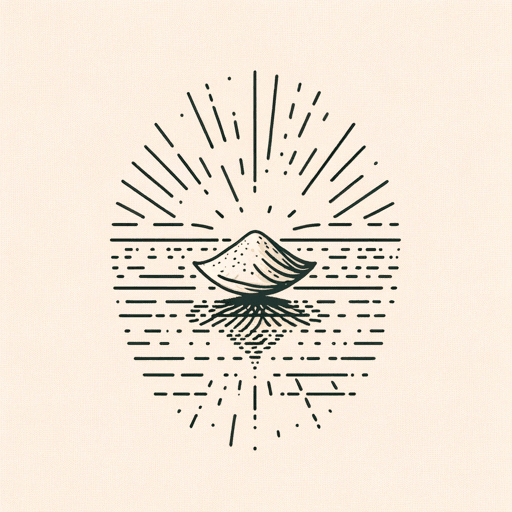
A Dream Within a Dream
Edgar Allan Poe
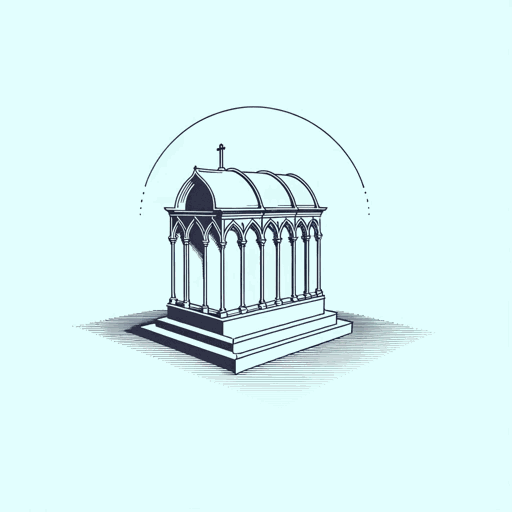
Annabel Lee
Edgar Allan Poe
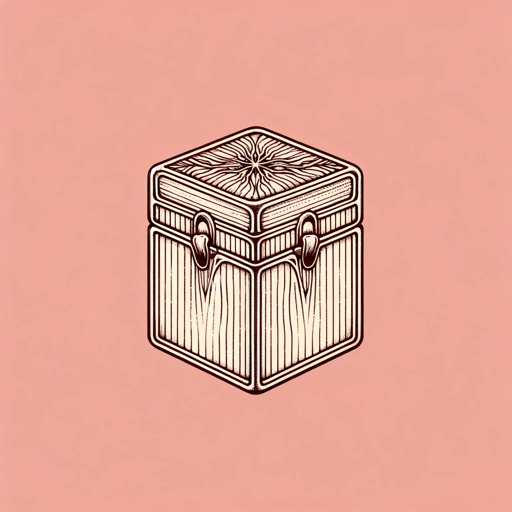
Berenice
Edgar Allan Poe
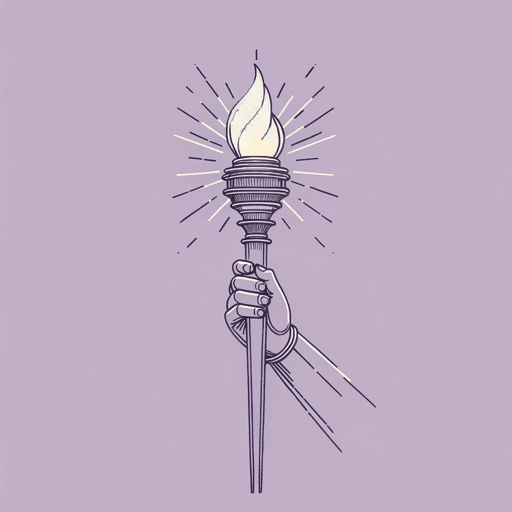
Hop-Frog
Edgar Allan Poe
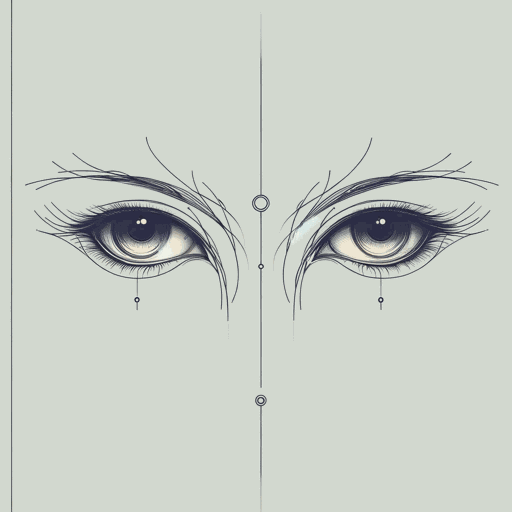
Ligeia
Edgar Allan Poe
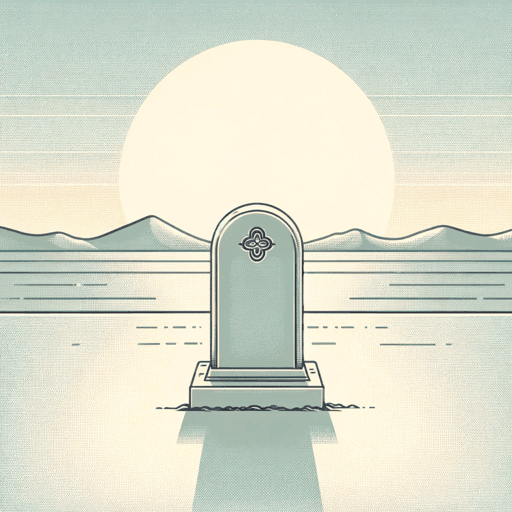
Tamerlane
Edgar Allan Poe
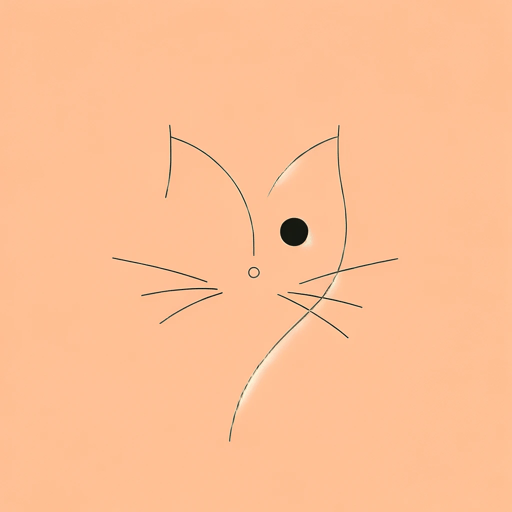
The Black Cat
Edgar Allan Poe
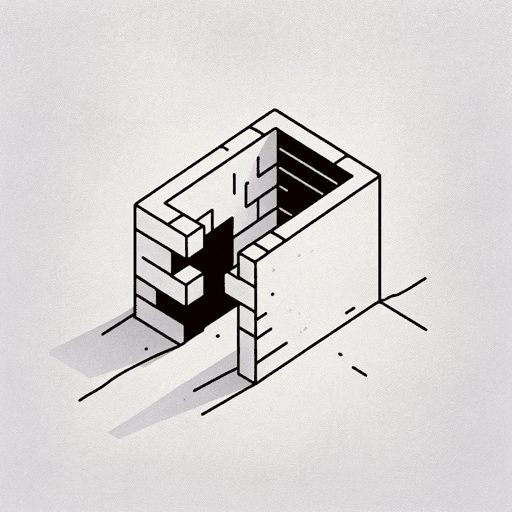
The Cask of Amontillado
Edgar Allan Poe
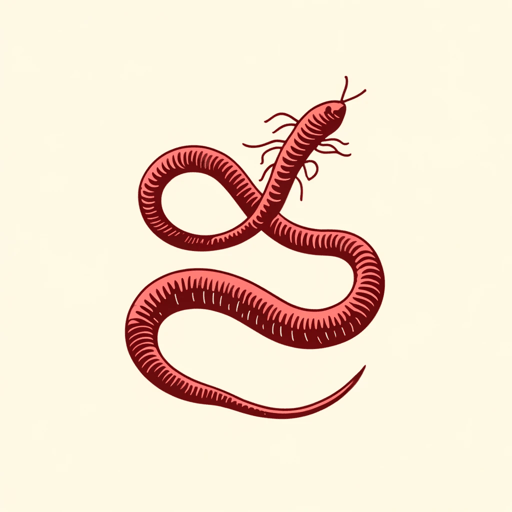
The Conqueror Worm
Edgar Allan Poe
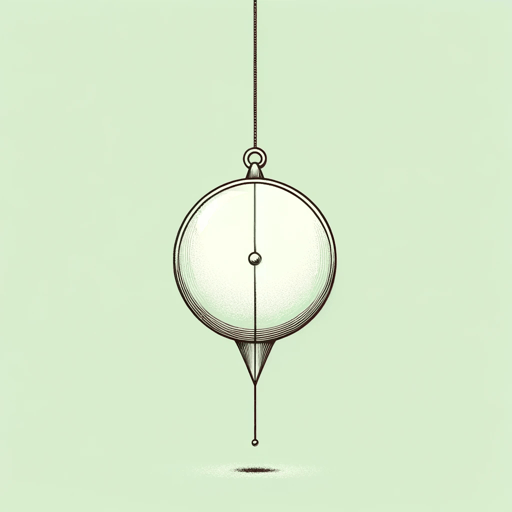
The Facts in the Case of M. Valdemar
Edgar Allan Poe
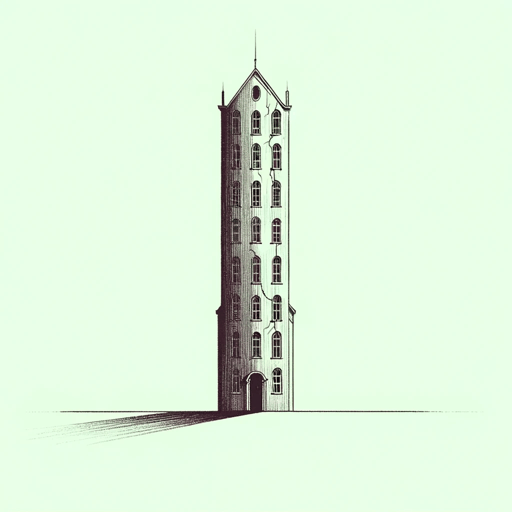
The Fall of the House of Usher
Edgar Allan Poe

The Gold Bug
Edgar Allan Poe
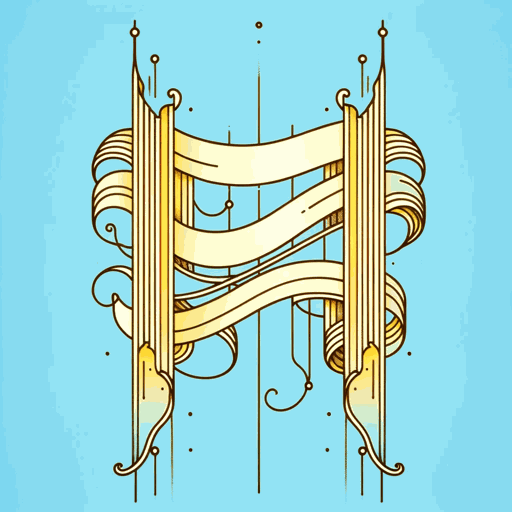
The Haunted Palace
Edgar Allan Poe
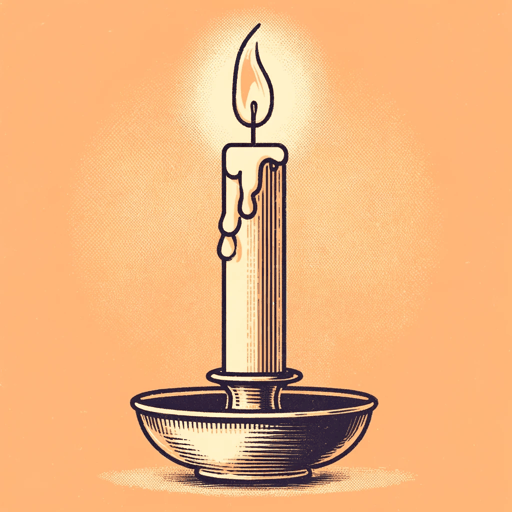
The Imp of the Perverse
Edgar Allan Poe

The Lake
Edgar Allan Poe
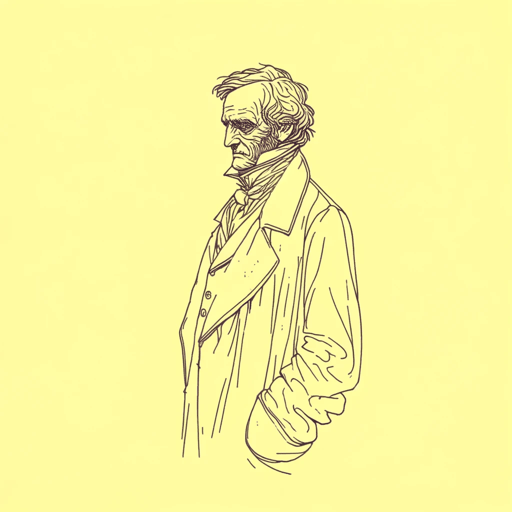
The Man of the Crowd
Edgar Allan Poe

The Masque of the Red Death
Edgar Allan Poe

The Murders in the Rue Morgue
Edgar Allan Poe
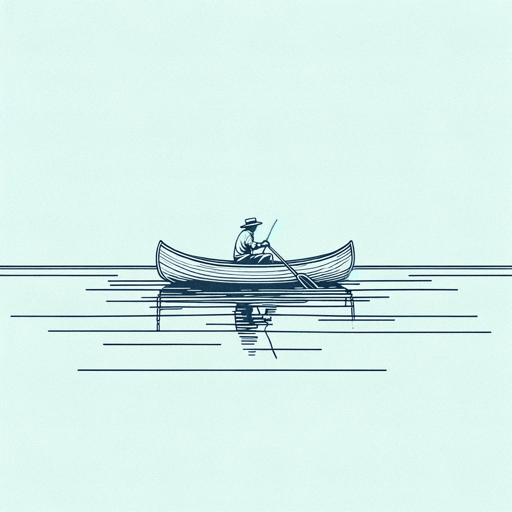
The Narrative of Arthur Gordon Pym of Nantucket
Edgar Allan Poe
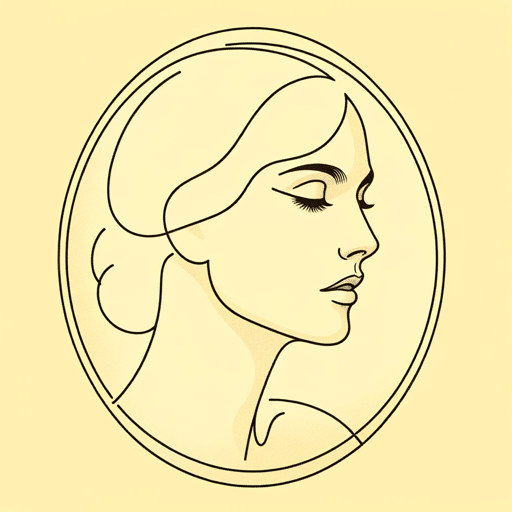
The Oval Portrait
Edgar Allan Poe
